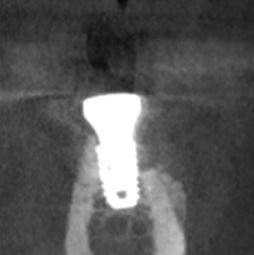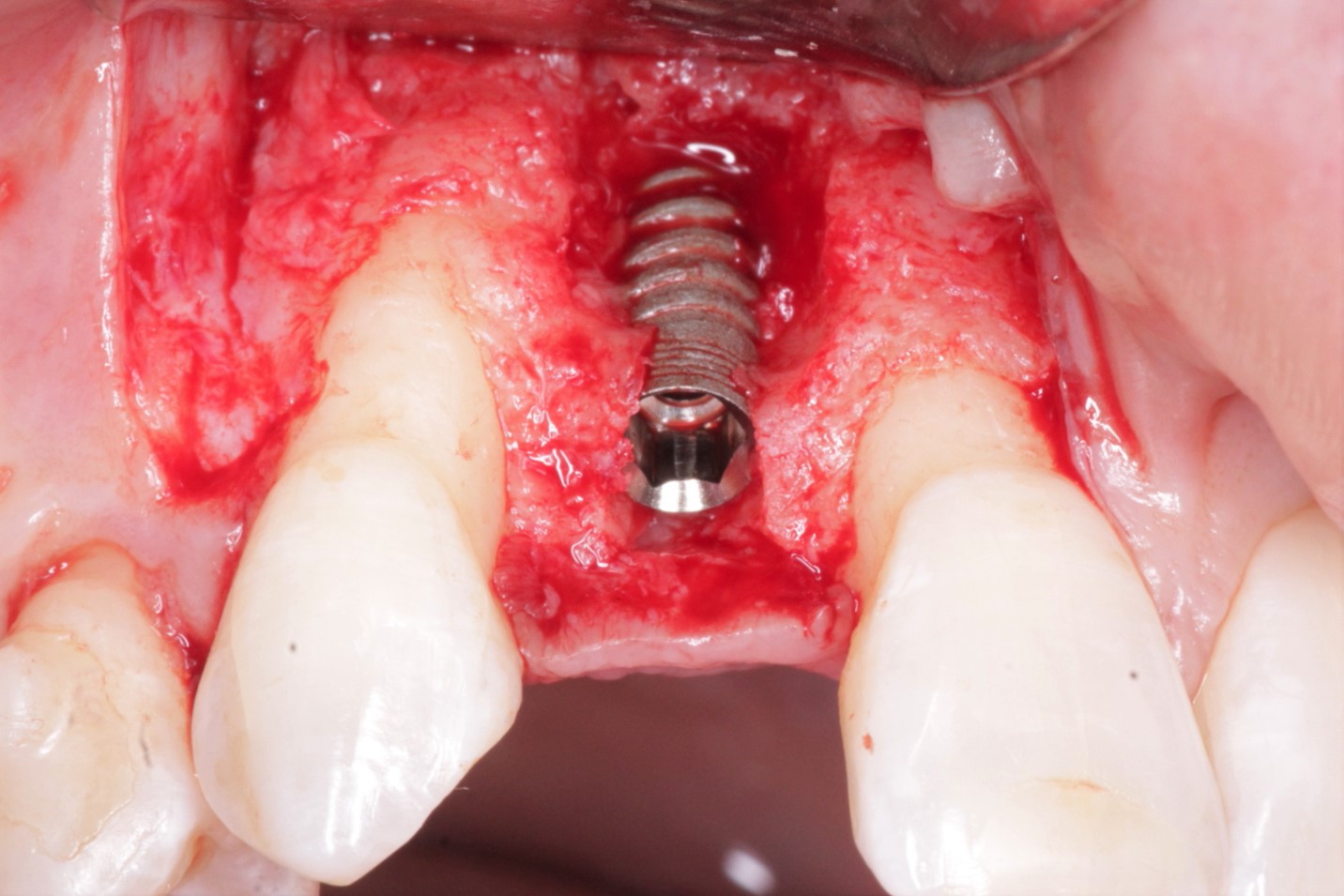Dr. Johnson:
Sorry for taking so long to get back to you.
Let me answer your questions.
sounds like you are the manufacturer. - yes I am with DESS. We are a Spanish manufacturer of restorative implant components and I am their US representative and our website is www.dess-usa.com
Are your components FDA approved in the US? Pending FDA (anticipate by end of q1 2016).
For clarification EVERY SINGLE part has to be submitted to FDA to have an FDA approved part not just one.
Currently have Health Canada, CE approval and all our manufacturing complies with ISO 9000 and ISO 13485. All titanium is ASTM F136.
I’m always open to discussions about “compatibilityâ€, but usually knock off companies can’t get the tolerances that the original manufacturer has without patent infringement or changing the design somehow to get around the patent.
Patents are so broad and far reaching extending well beyond the design of the connection. We are able to meet or exceed the tolerances of the original manufacturer and be compatible with our design. I have an entire section on how we do this and why we can confidentially manufacture parts that are compatible by viewing the information here
http://www.dess-usa.com/faq-quality/
If you are the manufacturer, why did you feel the need to make an ankylos abutment? Cost?
We sell globally through 50+ distributors and Ankylos is widely used in other countries just not so much in the USA.
The free floating screw is a nice idea however you then need to make the screw access chimney bigger to accomodate the threads of the screw. This is turn makes the abutment walls thinner through the morse taper, am I right? Yes.
I have detailed information on what we did here and our stress testing does not show any issue with this solution.
The Ankylos abutment only comes in one neck size so do you risk placing your abutment in the posterior part of the mouth, under higher occlusal loads?
In terms of the neck going into the implant yes and there are different neck heights depending on how shallow or deep the implant is placed. We have two neck heights with our Ankylos compatible line, just like Ankylos has.
Please list your publications and documentations on the compatibility and engineering you speak of and I’m sure there are many readers who would be interested in your material. However, please make sure everyone knows you have a financial interest in the postings.
Documentation on compatibility and engineering are proprietary documents that are part of the FDA submission and Health Canada submission. These two regulatory bodies are the only ones that require fit, tolerance, and compatibility testing on components (this is not a requirement of CE, ISO etc.) We have a section here on this topic.
I absolutely have a financial interest in DESS USA. Any questions comments please contact me anytime. Always willing to help...always willing to give a straight truthful answer based on facts and not hersay , antecdotes, or FUD (fear, uncertainity, and doubt) which is unfortunately so prevalent in this industry.

















